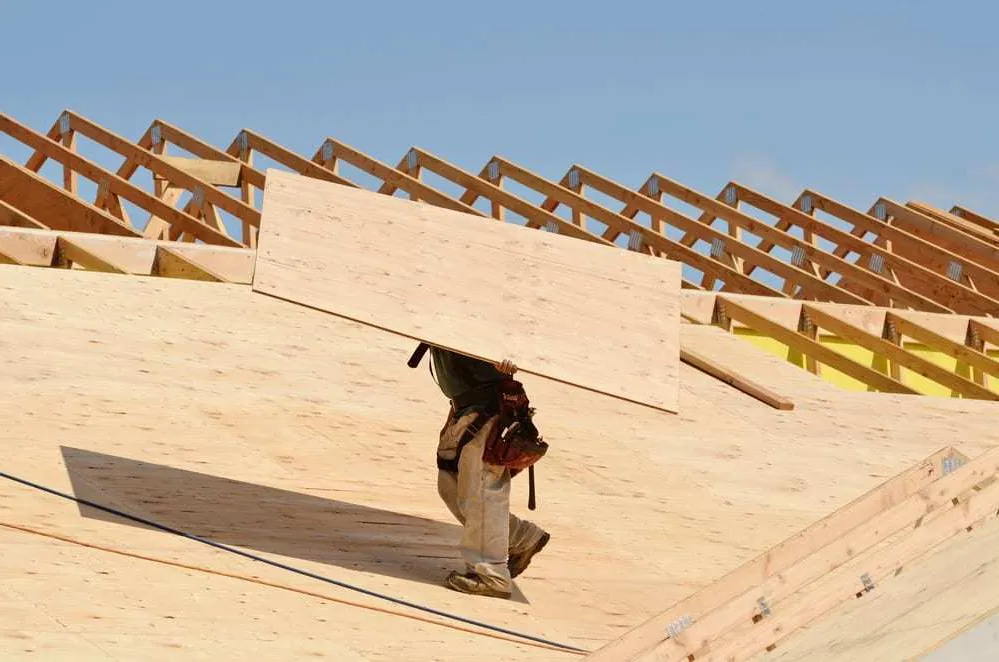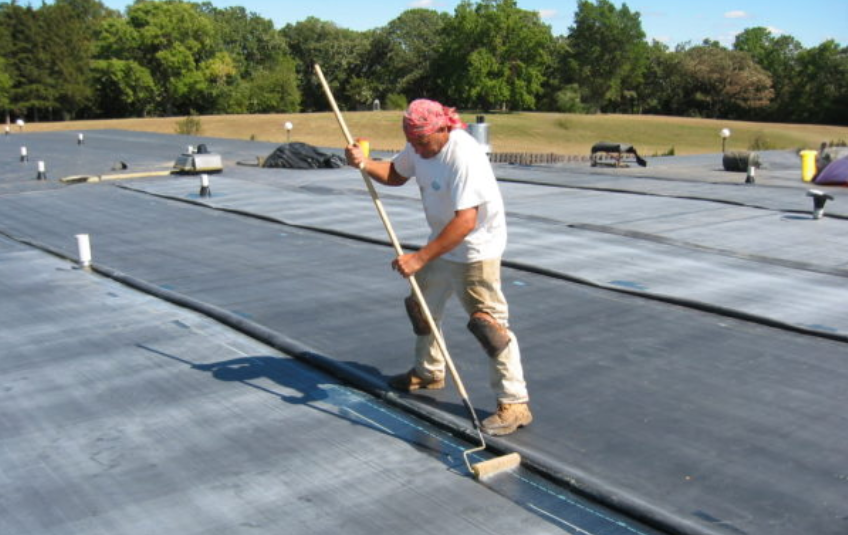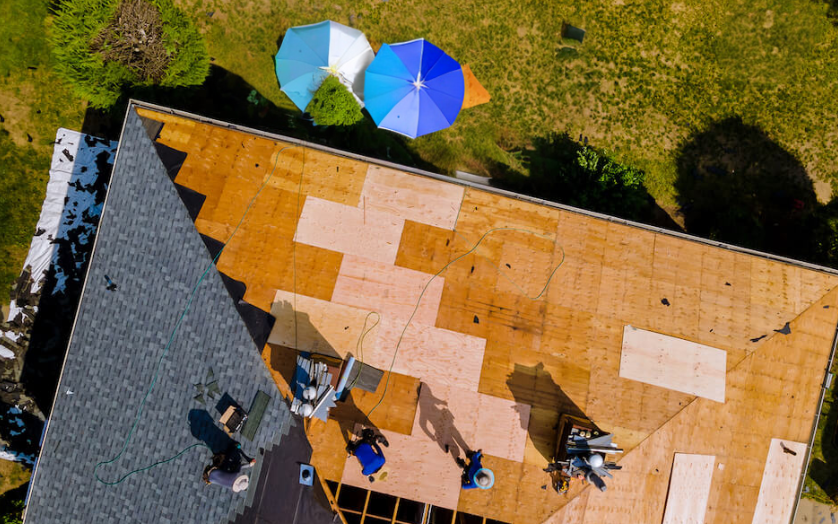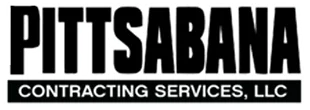As a proud homeowner in Pittsburgh, Pennsylvania, you understand the importance of a sturdy roof that can withstand the unpredictable weather conditions of the region. However, the process of finding a trustworthy roofing contractor can sometimes feel like navigating a labyrinth of options. Unfortunately, there are instances when homeowners fall victim to unscrupulous practices, leaving them with a less-than-satisfactory roofing or guttering job. In this article, we’ll delve into the telltale signs that a roofing contractor might be trying to rip you off and provide effective solutions to protect your investment.
Signs a Roofing Contractor is Ripping You Off
1. Baiting You With a Low Starting Bid
One of the most common tactics employed by dubious contractors is offering an unbelievably low starting bid to capture your attention. While a competitive price is desirable, an offer that seems too good to be true often comes with hidden costs. To avoid this trap, research the average costs for roofing and guttering projects in Pittsburgh and be cautious of bids that significantly deviate from the norm.
2. Reducing Labor Time
Cutting corners on labor time is another red flag to watch out for. Reputable roofing contractors understand the importance of proper installation and take the time necessary to ensure your roof’s longevity. If a contractor promises an unusually quick completion time, it might be an attempt to rush through the job and deliver subpar results.
3. Overpriced Materials
A contractor might try to pad their profits by using overpriced materials. Educate yourself about the materials required for your roofing or guttering project and compare prices from multiple suppliers. If the contractor’s material costs seem significantly higher than market rates, it’s time to question their intentions.
4. Knock-Knock, You’ve Got Roof Damage!
Beware of contractors who unexpectedly show up at your doorstep claiming to have noticed severe roof damage. These opportunistic individuals might exaggerate the extent of the damage to justify higher costs. Always get a second opinion from a trusted roofing professional before committing to any repairs.
5. Asking for a Ridiculously Large Down Payment
Requesting an exorbitant down payment upfront is a classic tactic employed by unscrupulous contractors. They might vanish after receiving the payment, leaving you without the promised services. A reputable contractor will have a fair payment schedule that aligns with project milestones.
My Contractor Ripped Me Off: What Do I Do?
1. Create a Paper Trail
If you suspect that your roofing contractor is ripping you off, start documenting all communication, contracts, and agreements. This paper trail will serve as evidence in case you need to take legal action or file a complaint.
2. Try to Mediate
Before escalating the situation, consider reaching out to the contractor to express your concerns. Misunderstandings can sometimes be resolved through open communication. If they are genuinely interested in rectifying the situation, they might be willing to address your issues.
3. Go to Court
If mediation proves unsuccessful and you have substantial evidence of being ripped off, pursuing legal action might be necessary. Consult with a legal professional experienced in construction disputes to explore your options.
4. File Complaints and Leave Reviews
Warn fellow homeowners about your negative experience by leaving honest reviews on platforms like Google, Yelp, or the Better Business Bureau. Filing complaints with relevant regulatory bodies can also contribute to holding unscrupulous contractors accountable.
Recourse for Bad Roofing Job: Protecting Yourself
In the face of potential contractor scams, there are several measures you can take to safeguard yourself and your investment:
– Research Extensively: Prioritize research and due diligence when selecting a roofing contractor. Look for established businesses with positive reviews and a solid track record.
– Get Multiple Quotes: Obtain quotes from multiple contractors to gauge the average cost of your project. Be wary of bids that deviate significantly from this average.
– Check References: Ask potential contractors for references from previous clients. Speaking to homeowners who have worked with the contractor can provide valuable insights.
– Review Contracts Thoroughly: Before signing any contracts, review them carefully and ensure all terms are clearly outlined. Don’t hesitate to ask for clarification on any ambiguous points.
– Ask Questions: During the hiring process, ask the contractor about their experience, certifications, and warranties offered. A reputable contractor will be transparent and forthcoming.
– Trust Your Instincts: If something feels off about a contractor’s behavior or promises, trust your instincts and proceed with caution.
In conclusion, protecting yourself from roofing contractors who might be attempting to rip you off requires vigilance, research, and informed decision-making. By recognizing the signs of unscrupulous practices and taking proactive steps to safeguard your investment, you can ensure that your roofing and guttering needs are met with professionalism and integrity. Remember, your home deserves nothing less than the best care and attention.






